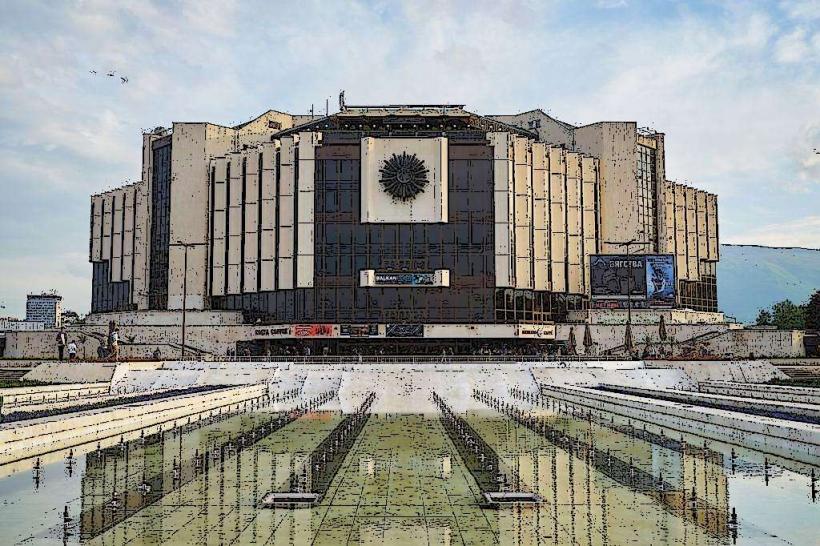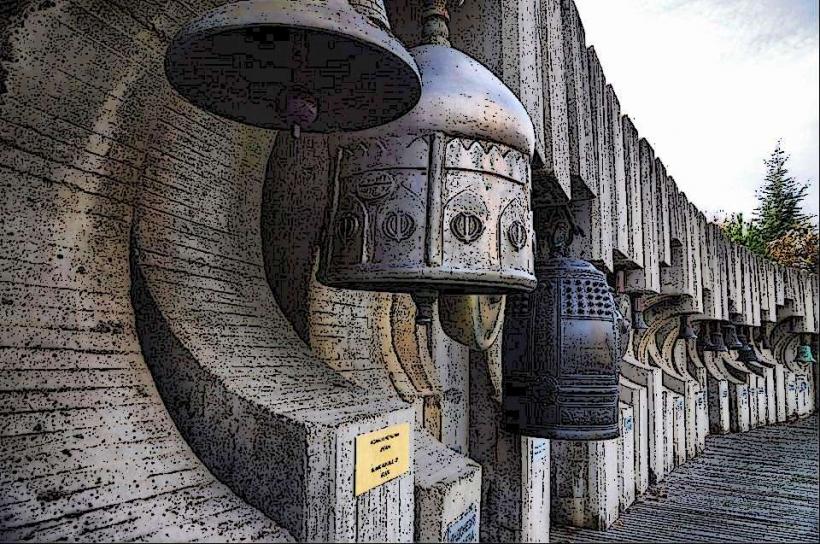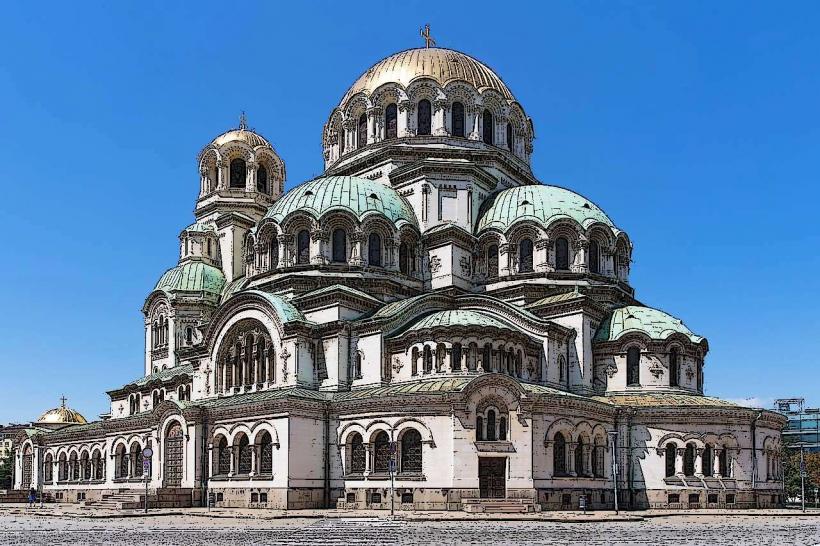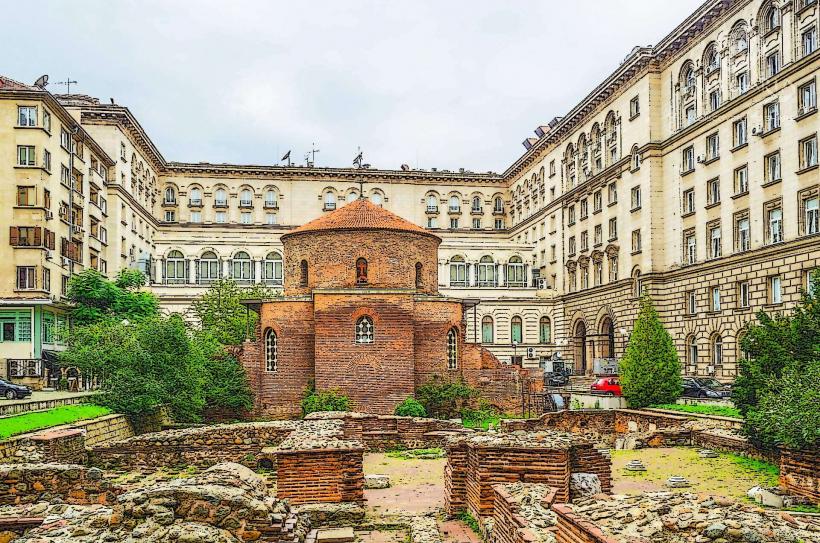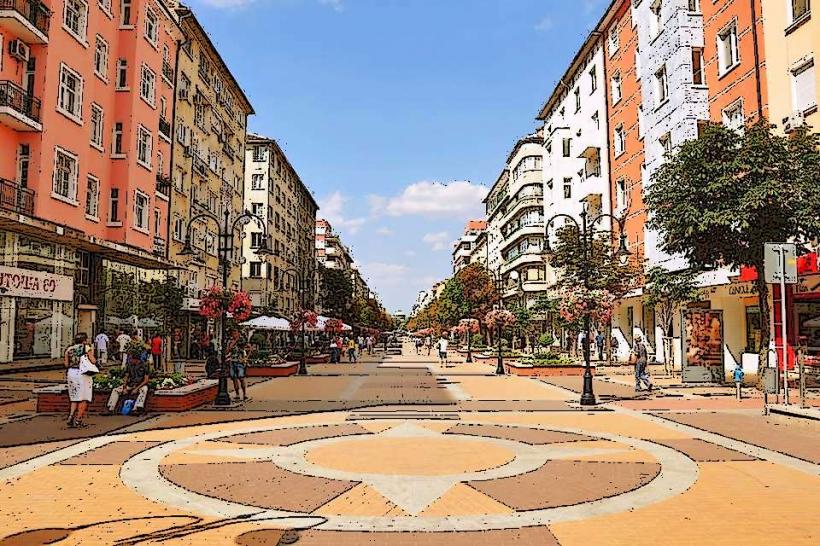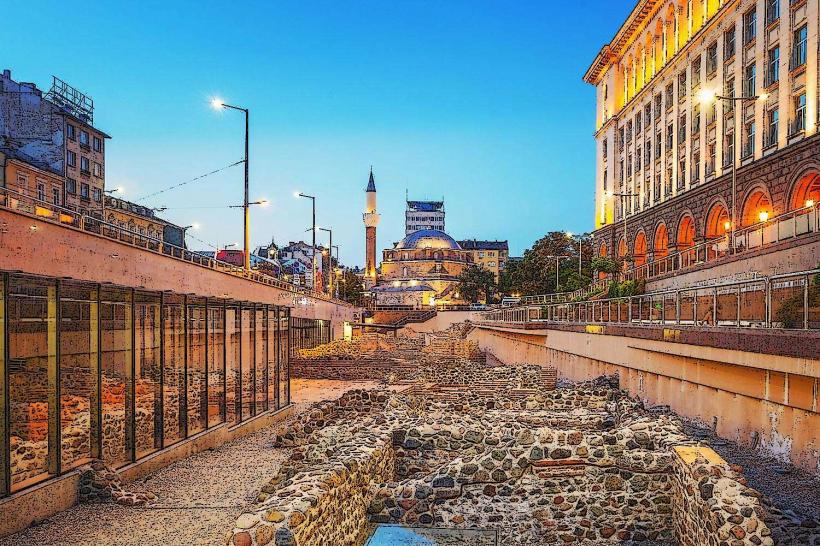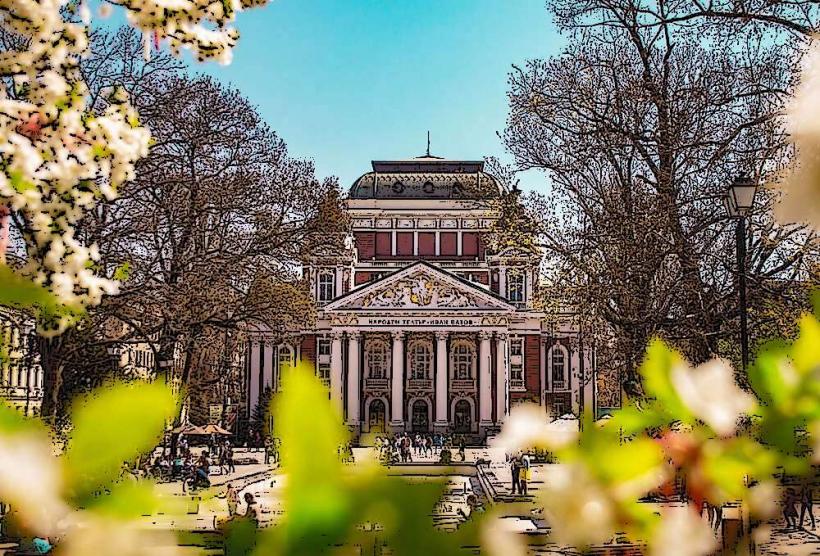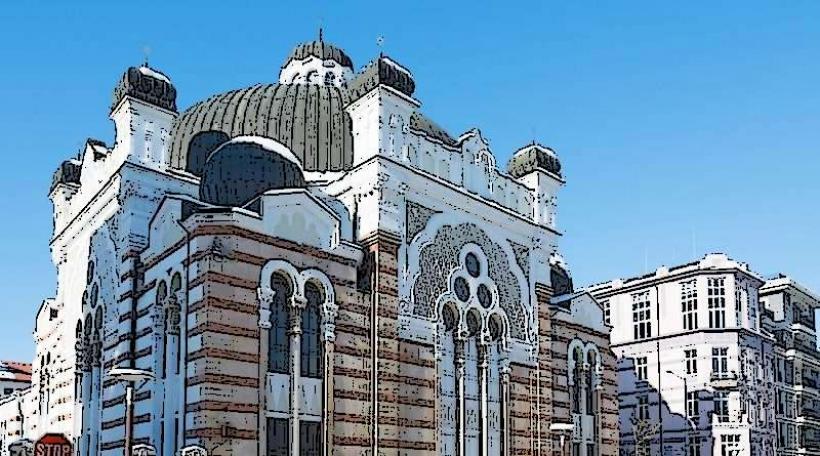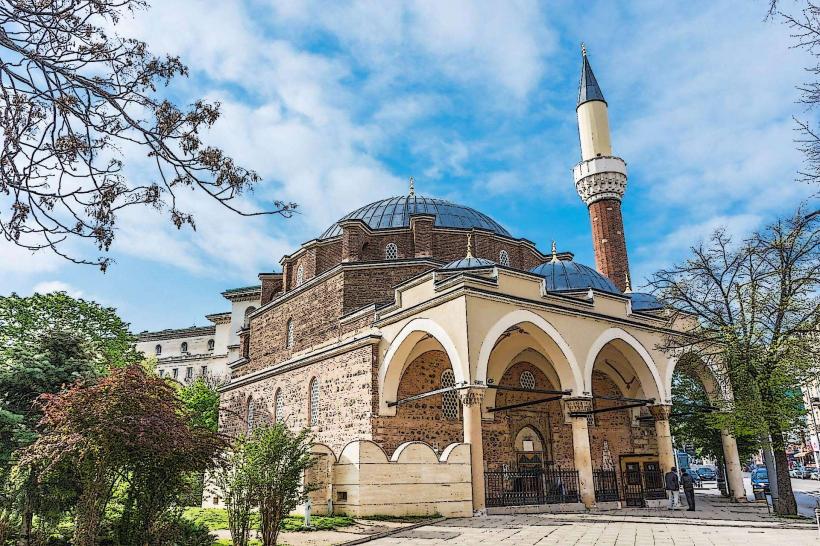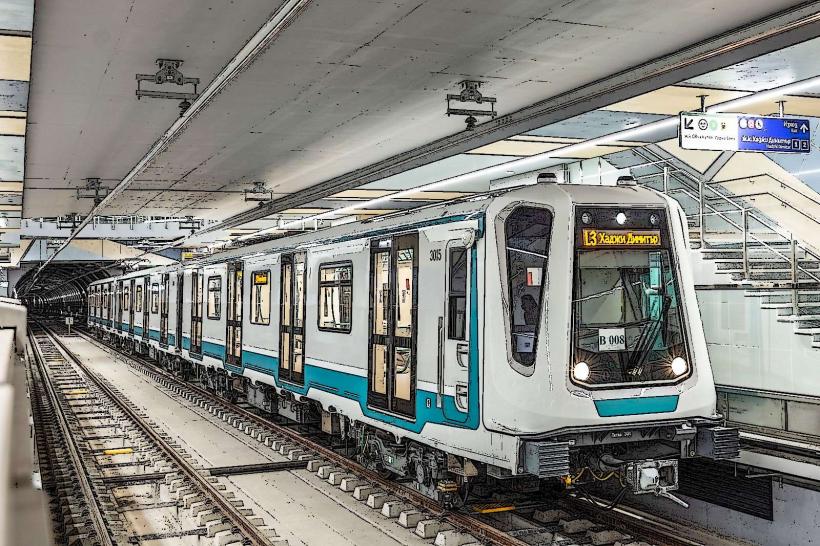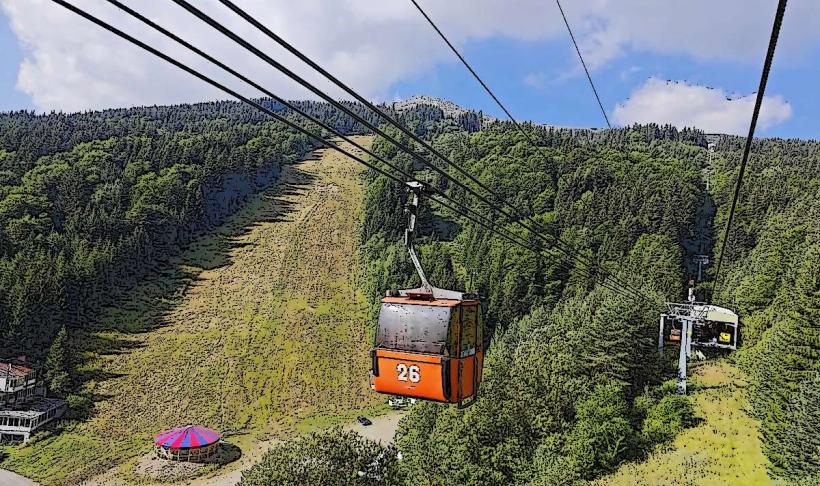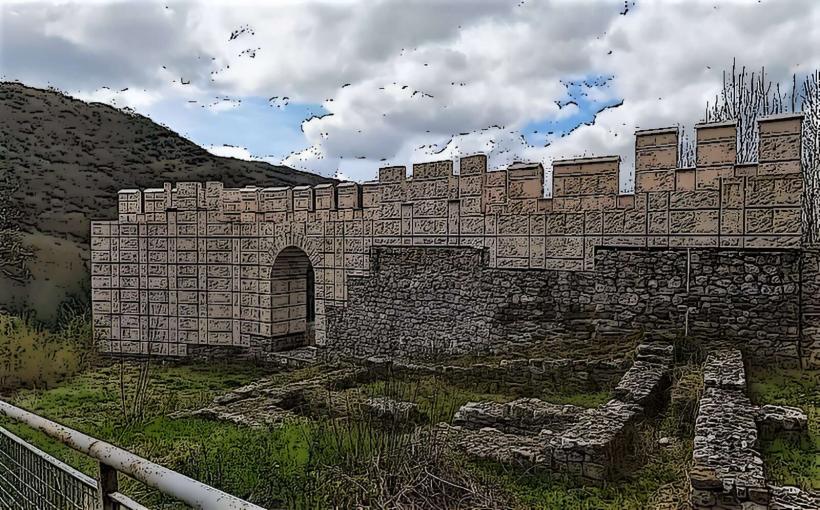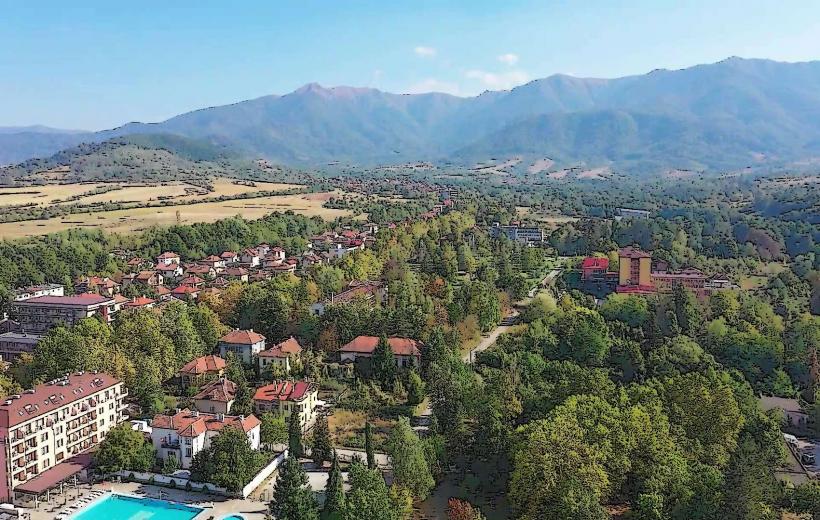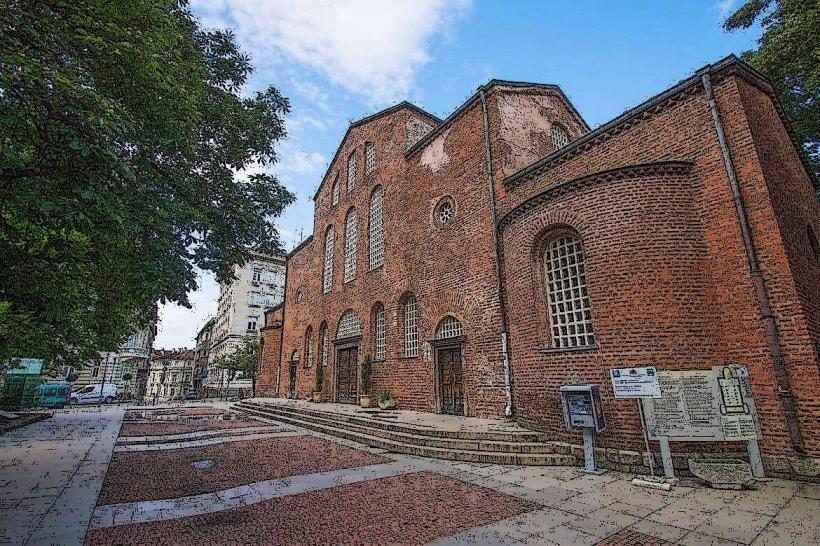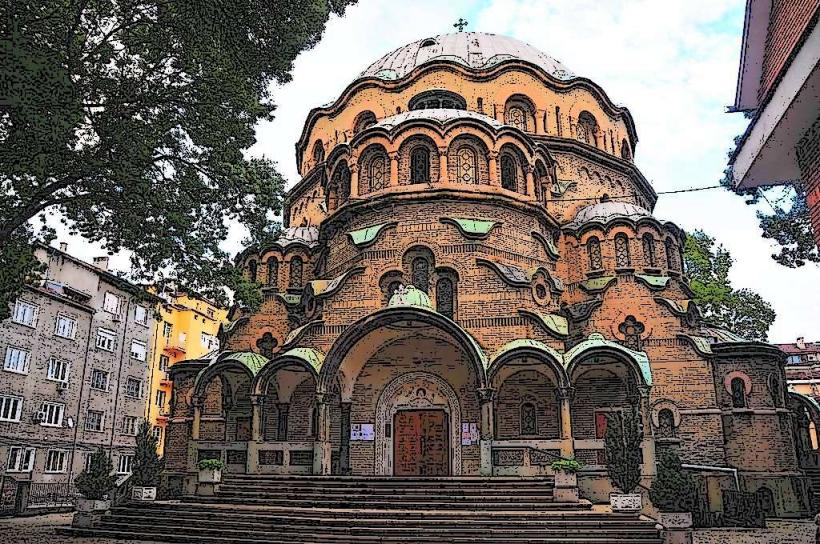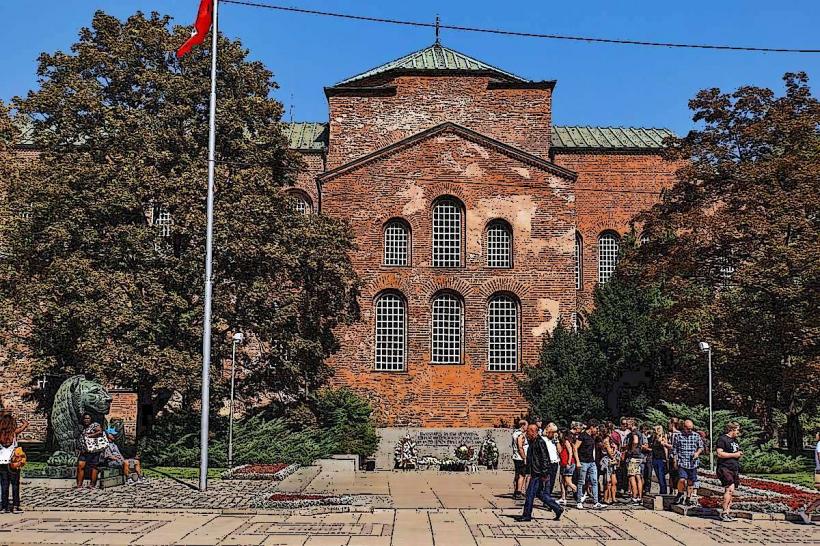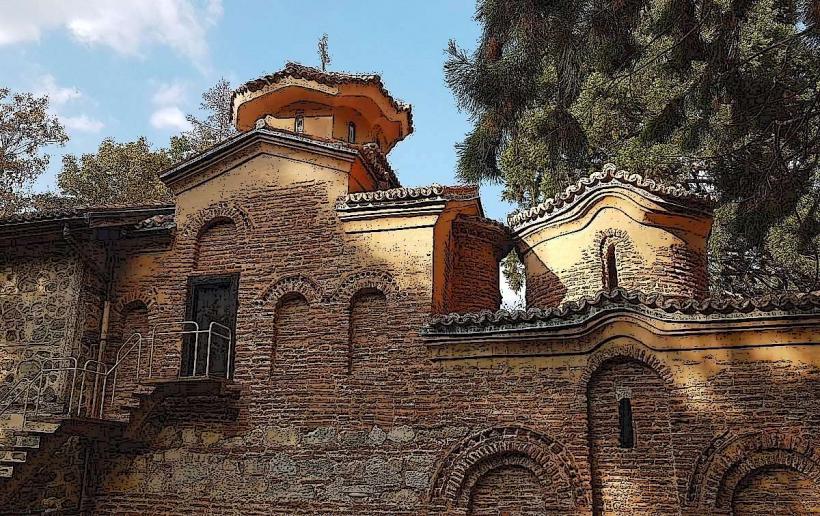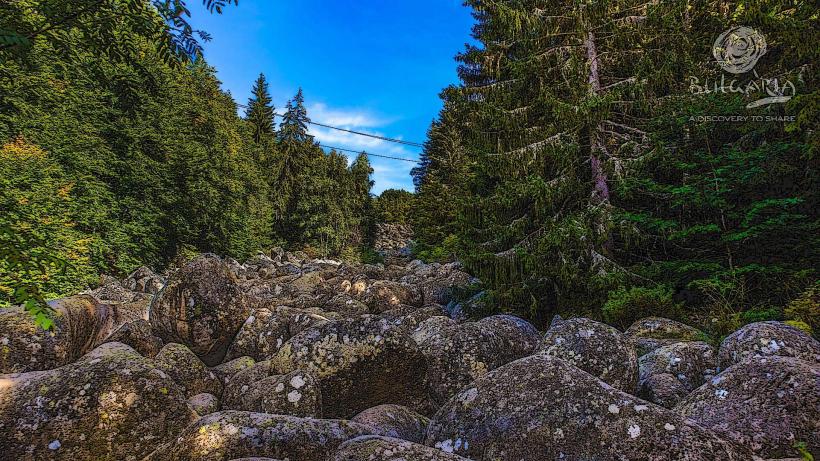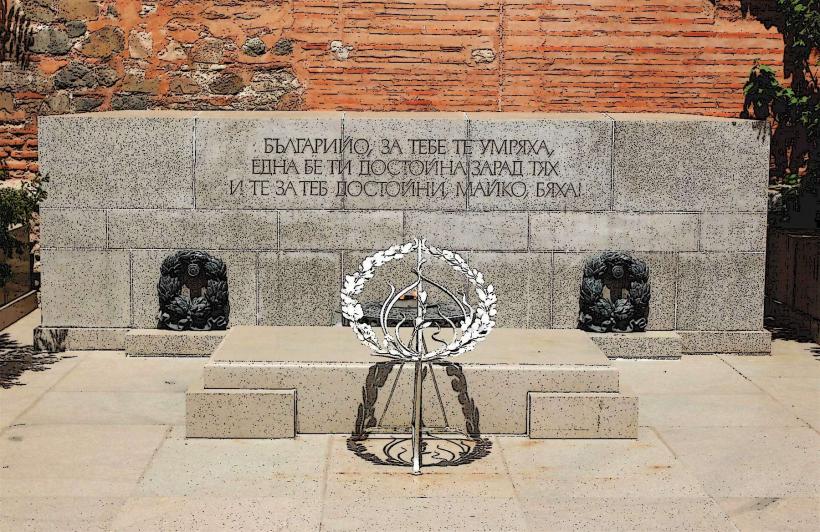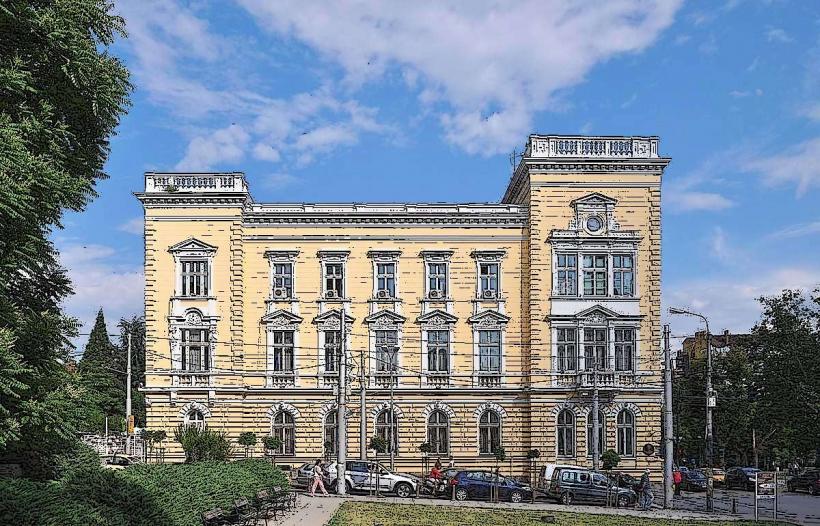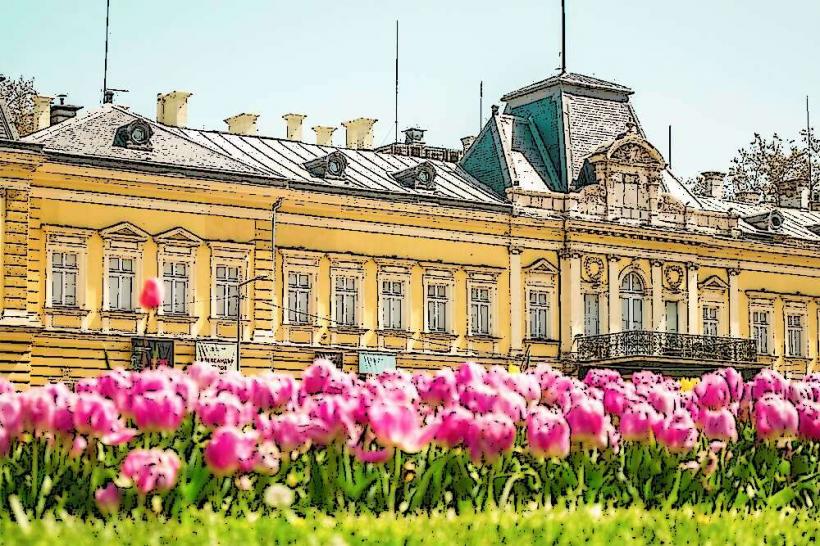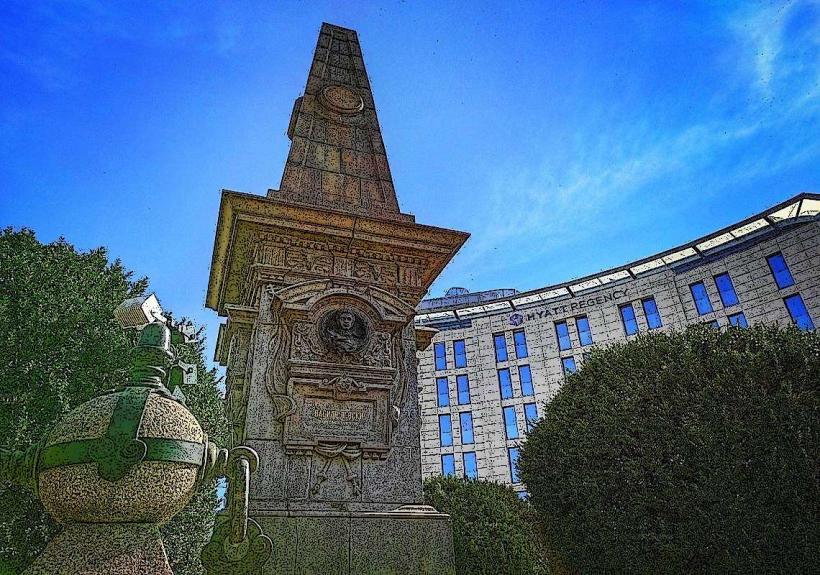Information
Landmark: Regional History MuseumCity: Sofia
Country: Bulgaria
Continent: Europe
The Regional History Museum of Sofia (Bulgarian: Регионален исторически музей София) is one of the most important cultural institutions in the Bulgarian capital, offering visitors an in-depth look at Sofia's rich history, from its prehistoric beginnings to modern times. The museum showcases the city's evolution through various historical periods, including the Roman, Medieval, Ottoman, and modern eras.
Overview and Purpose
- Established: The museum was founded in 1928 as the Sofia City Museum and later became the Regional History Museum to reflect its broader role in representing the historical developments of Sofia and its surrounding region.
- Mission: The museum’s goal is to preserve and present Sofia's history through diverse collections of artifacts, archaeological finds, and exhibitions that illustrate the cultural, social, and economic changes over the centuries.
Key Exhibitions and Collections
The museum's collections are spread across multiple sections, each highlighting a different era or aspect of Sofia’s history.
1. Prehistoric and Ancient History
- This section features archaeological artifacts from Sofia's early history, dating back to prehistoric times. The focus is on Neolithic, Bronze Age, and Iron Age artifacts, including tools, pottery, and early human remains.
- One of the most notable exhibits is a Neolithic woman’s head, which is a significant find from the region’s ancient past.
- The museum also features Roman-era artifacts, such as statues, coins, and everyday objects, reflecting Sofia's role as the Roman city of Serdica.
2. Roman and Medieval Sofia
- Serdica was an important Roman city and the museum displays many Roman relics, including fragments of Roman inscriptions, marble statues, and architectural remnants from the city walls and buildings.
- The medieval section of the museum highlights Sofia's importance in the First and Second Bulgarian Empires. Artifacts from the Byzantine and Ottoman periods are also displayed, illustrating the city’s continuous development through various cultures and rulers.
3. Ottoman and Bulgarian Revival Periods
- The museum features exhibits from the Ottoman period (1396–1878), during which Sofia was an important administrative and cultural center of the Ottoman Empire.
- Visitors can see Ottoman-era ceramics, textiles, weapons, and historical documents, including maps and city plans.
- There is also a section dedicated to the Bulgarian National Revival (18th–19th centuries), showcasing Sofia's role in the Bulgarian Renaissance, with items such as wooden carvings, icons, and literary works of that era.
4. Modern Sofia (19th–20th Century)
- This section covers the period after Bulgaria's liberation from Ottoman rule in 1878, with a focus on Sofia’s growth into the modern capital.
- Exhibits include objects from the early 20th century, such as photographs, artworks, uniforms, and personal items related to Sofia's development as an industrial and cultural hub.
- The museum also looks at Sofia’s transformation during the socialist period (1944–1989), offering insights into the architecture, politics, and society of the era.
Architectural Features
The Regional History Museum of Sofia is housed in a historic Renaissance-style building located in the city center, which was once the Tobacco Warehouse. The building itself is an architectural gem, constructed at the end of the 19th century and later renovated to accommodate the museum's collections.
Additional Attractions and Features
1. Archaeological Sites
- The museum features several important archaeological sites, including the remnants of Roman Serdica, such as parts of Roman walls and baths, which are incorporated into the museum's displays.
- Visitors can also explore Roman inscriptions and ancient Christian relics that have been uncovered in Sofia and its surroundings.
2. Temporary Exhibitions and Cultural Events
- The museum regularly hosts temporary exhibitions focusing on various historical themes, contemporary art, or cultural topics. It also organizes lectures, workshops, and educational programs for schools and tourists.
3. Museum’s Garden
- The museum has a small garden, where visitors can enjoy a peaceful break surrounded by plants and sculptures, offering a chance to reflect on the rich history displayed inside.
Visiting the Museum
- Location: The Regional History Museum is centrally located in Sofia, at 1, Banski Square.
- Opening Hours: It is typically open from 10:00 AM to 6:00 PM, with variations on weekends and public holidays.
- Ticket Information: The museum offers affordable entry fees, with discounts for students, seniors, and group visits. It also provides free admission on certain holidays or special occasions.
Cultural Importance
- Educational Role: The museum plays a key role in educating the public about Sofia’s past, promoting cultural awareness and pride in the city’s long history.
- Tourism: As one of Sofia’s major cultural attractions, the museum draws both local visitors and tourists eager to understand the capital’s historical significance in the broader context of Bulgarian history.
The Regional History Museum of Sofia is a must-visit for anyone interested in the history of the Bulgarian capital, offering an insightful journey through the ages. Whether you're a history enthusiast or a casual visitor, the museum provides a fascinating exploration of Sofia’s development, from ancient times to the modern era.

